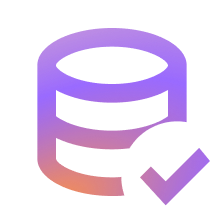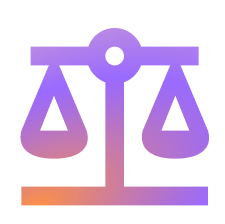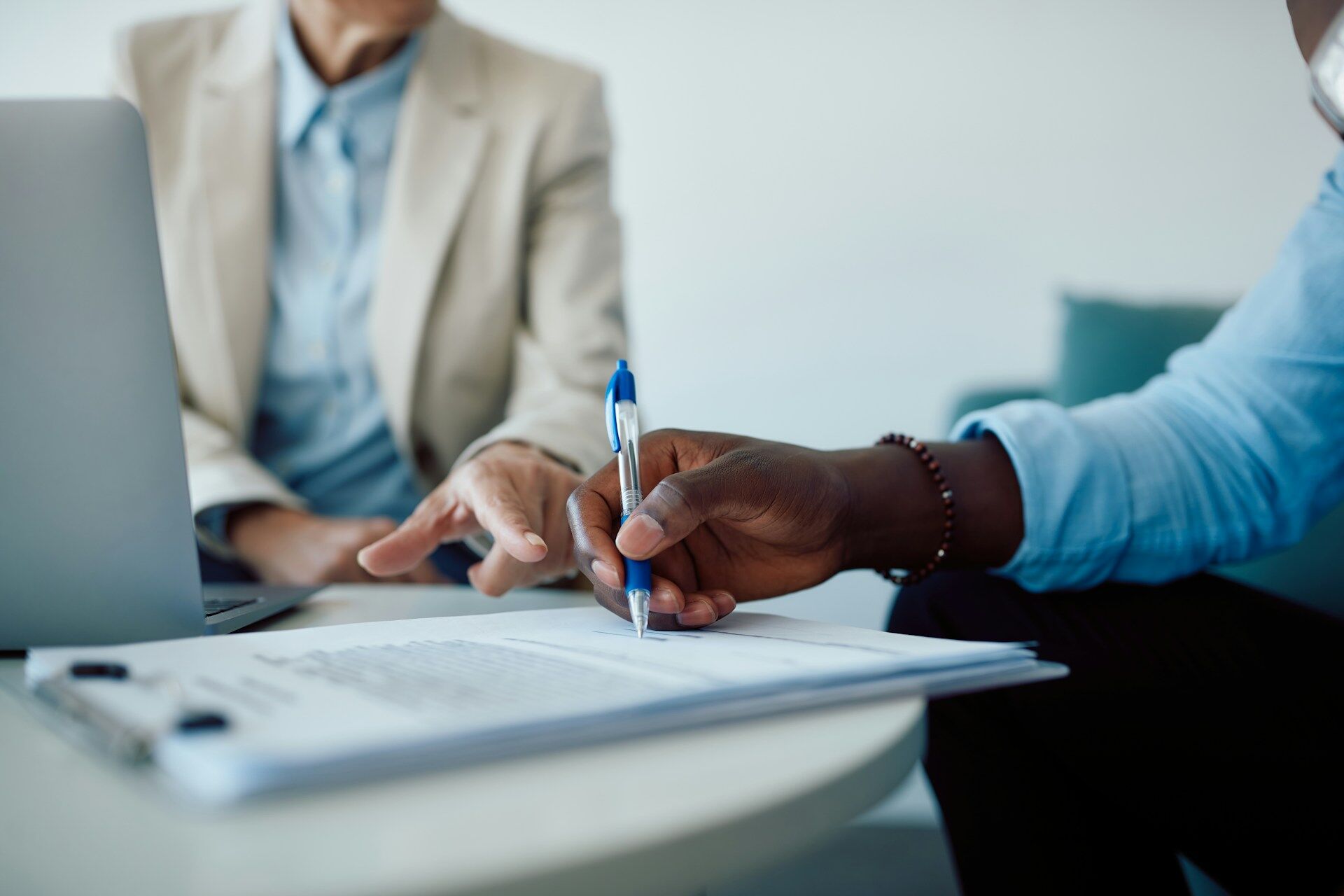Easy access to financial resources can help businesses improve cash flows and seize opportunities as they arise. Thus, loan origination is essential to staying competitive and relevant in today’s dynamic business climate. But how does one ensure a successful loan origination process? The answer lies in automation.
In the next sections, we’ll take a closer look at loan origination and its various steps. And of course, we’ll get to the heart of the matter: how automation can create a more robust loan origination process for yourself and your customers.
What is loan origination?
Simply put, loan origination is a standardized process of securing a loan from a lender, from the application to the disbursement of funds. It can therefore be quite stringent and tedious, involving extensive documentation and thorough checks to mitigate risk for the lending company.
To ensure the terms are fair and transparent for the borrower, the lender must also disclose all loan details, such as the interest rate, repayment schedule, and applicable fees or charges. The borrower then reviews and negotiates these terms before putting pen to paper.
The Federal Deposit Insurance Corporation (FDIC) closely monitors the loan origination process to safeguard consumer protection. There are also specific laws and regulations, such as the Truth in Lending Act (TILA) and the Equal Credit Opportunity Act (ECOA), which establish guidelines for providing accurate information to borrowers and prohibit discrimination.
Navigating the loan origination process
No matter the type of loan you’re handling, there are 7 general steps used in the loan origination process.
1. Pre-qualification
Pre-qualification expedites the process for both parties, as it establishes upfront whether the borrower’s qualifications match the lender’s offerings. This initial step involves asking the borrower about their basic financial information, such as source of income, assets, and debts.
Based on the assessment, the lender estimates the loan amount and interest rate the borrower may be eligible for, subject to the lender’s internal underwriting guidelines and loan program requirements. However, pre-qualification does not guarantee approval but instead notifies of possible loan options.
2. Application
If the borrower meets the pre-qualification standards, they fill out an application form with their particulars (name, address, etc.). At this point, they may be asked to provide more extensive documentation to support the initial information submitted. These include:
- Tax returns
- Bank statements
- Proof of income, like pay stubs and W2 forms
- Proof of insurance
- Information on loan guarantors (if applicable)
- Credit score
Depending on the specific type of loan and the borrower’s credit background, the lender may request further documentation.
3. Processing
The processor is tasked to ensure that all submitted documents are complete and accurate. They may also need to perform additional tasks like ordering property appraisals or clarifying discrepancies. Their goal is to ensure that everything is in order before keying the information into a digital underwriting platform or passing it on to an underwriter.
4. Underwriting
Even if many lenders depend on an automated underwriting system to determine a borrower’s creditworthiness, they generally retain human underwriters to examine the initial findings. At this stage, the information or documentation is thoroughly examined.
One of the key factors underwriters look at is the credit score, a three-digit number that helps determine creditworthiness. Common credit scoring models are the FICO score and the Vantage score, which range from 300 to 850. The higher the score, the better. For instance, a FICO score between 800 to 850 can get you better terms, like higher loan amounts and lower interest rates.
Other critical data underwriters consider include:
- Payment history: Did they make timely payments on previous loans, credit cards, and other types of debt?
- Credit utilization: Do they use more credit than what is available?
- Length of credit history: Do they have a longstanding record of being credit-worthy?
- Debt-to-income ratio (DTI): Are their monthly debt payments greater than their monthly income?
- Public records such as foreclosures
5. Approval
If the borrower meets the underwriting criteria, you can now process the loan agreement outlining the terms and conditions, such as:
- Loan amount
- Interest rate
- Repayment terms: Is it an interest-only loan or a term loan? Will the payments be in installments or a single bullet repayment? These repayment conditions should be included in the contract.
- Guarantor/s (if any)
- Fees (e.g., origination fees, late payment fees, and other penalties)
- Collateral (if the loan is secured through one)
- Events of default: These are provisions in the lending agreement that allow a party to terminate or accelerate the payment. Examples are non-payment, bankruptcy, and even force majeure.
6. Closing
This process entails reviewing and endorsing all loan documents, such as the promissory note, deed of trust, and other compulsory disclosures. Additionally, the borrower should settle any outstanding closing costs or fees as the agent requires. Once both parties agree to all the loan conditions, the lender releases the funds.
7. Servicing
After the borrower has signed the dotted line, the lender services the loan. This covers collecting the payments, monitoring escrow accounts, and ensuring compliance with the loan agreement.
Challenges in the loan origination process
Among the loan origination process steps, underwriting is usually the most attention-intensive and time-consuming. The underwriter needs to assess all potential risks to avoid loan defaults. This way, they can protect their company’s interests while enabling borrowers to access funds.
So how can you be as comprehensive as possible, considering how much data needs to be managed? And that’s just one of the hurdles in the loan origination process. Let’s unpack each one.
1. Incomplete and unreliable information
A potential borrower’s creditworthiness is pegged on their financial history, such as bank statements, tax returns, outstanding debts, and other credit-related factors. The problem is that you don’t always have access to the kind of information to make informed lending decisions. Verifying the available data can also be challenging, especially for borrowers with limited or zero credit history.
In addition, the data can be erroneous. According to a Brookings report, more than one in five consumers have a “potentially material error” in their credit file that makes them look riskier than they are. This can lead to lenders offering loans with unfavorable terms or even denying credit to qualified borrowers. Credit reporting issues have also become a major concern during the pandemic, with complaints to the Consumer Financial Protection Bureau soaring in recent years.
2. Fraudulent activity
Lenders can be vulnerable to identity theft, making it harder for them to determine the actual risk of a borrower. Another common security problem is loan stacking, when a borrower applies for multiple loans from different lenders at the same time.
3. Regulatory compliance
Regulations constantly go through updates to address new risks. For instance, in an economic downturn, tighter lending policies can put your loan at risk. All these make it difficult for lenders to adjust practices and remain compliant. The result can be hefty penalties and a tarnished reputation.
4. Legacy technology
Many lenders still depend heavily on outdated manual processes that take forever. For example, it’s usual to find customers filling out physical forms, which are then keyed manually into the lenders’ systems. Such labor-intensive processes delay approvals and make the loan origination process cumbersome.
How automation can optimize the loan origination process
Fortunately, automation can vastly improve the loan origination process. Technological solutions, like data analytics tools and machine learning, can streamline workflows and deliver superior outcomes. Check out how automation can help you achieve better results for your lending company or business:
1. It can extract valuable insights from unwieldy data
Advanced algorithms can help lenders analyze large volumes of data to help them better understand borrower behavior and credit risk. This enables them to adjust their lending criteria and pricing to improve security and profitability.
2. It helps protect you from fraud
Data analytics tools can easily identify loan application patterns, which can help you discover potential threats like stacking. Lenders can also use machine learning to detect synthetic identity fraud, where criminals create false identities using a mix of real and fake personal information. This can help prevent the approval of fraudulent loan applications.
3. Improve regulatory compliance
Digital document management solutions can help lenders improve compliance and risk management by offering secure and easily accessible data storage. They can also provide audit trails and version control. Such tools help ensure the completeness of loan records. Additionally, they enable lenders to keep track of version changes made to the loan documents, as well as who made those changes and when.
4. Increase efficiency
Technology solutions like loan origination software can automate tedious processes like data entry and document verification. For example, optical character recognition (OCR) technology can automatically extract data from loan documents, eliminating the need for manual data entry and reducing the risk of errors. The result is higher accuracy and greater speed in managing the entire loan application process.
5. Boost accuracy
Third-party loan data providers are another automation tool that boosts loan origination efficiencies. These platforms collect data from trusted sources, such as credit bureaus and financial institutions, and assemble them into comprehensive and current data sets. This enables them to provide a wealth of information, including credit scores and loan balances. Equipped with this knowledge, you can then make well-informed lending decisions that help you succeed while minimizing risk.
Choosing the right loan data provider: A critical factor in leveraging automation
Not all loan data providers are created equal. Finding the right one that will help you stay resilient and competitive in the cutthroat lending industry is crucial.
Are you looking to strengthen and streamline your loan origination process? End your search with CRS, an all-in-one platform for all your credit, fraud, and compliance needs.
CSR eliminates the tediousness and inefficiencies of your loan origination process by working with the major credit bureaus—so you don’t have to. With just a single credit API connection integrated with the best credit reporting companies, you can unlock multiple data sources to make robust, accurate, and data-driven lending decisions. So, book an initial sales consultation with us today and discover how we can satisfy your business needs like no other loan data provider can.










